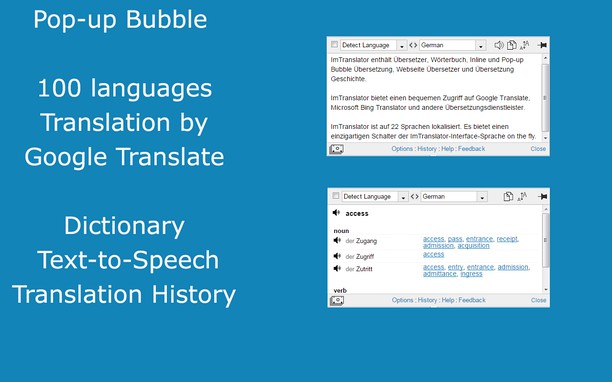
- Latin language translation tool full#
- Latin language translation tool software#
- Latin language translation tool Offline#
- Latin language translation tool professional#
Finally, don't forget to give us a like and share it on Facebook with your loved one. If you have any suggestions, and the translated sentence is way too funny then please share with us on our Facebook page.
Latin language translation tool Offline#
Best Offline Translator: ili Instant Offline Translator. Best Pocket Translator: Pocketalk Language Translator. You can copy the translated text and then share them either on social media such as Facebook, Twitter or email it to your friends or family. This device uses earbuds and your cell phone to help you communicated with others in real-time and without using your hands. For these purposes, this tool can be used.
Latin language translation tool professional#
While it is a good idea to pay for translating lots of text (such as books, articles) and for professional service, there is no point paying for commonly used sentences, greeting messages, and other informal use. Many websites provide services to translate Filipino for a few dollars. For the rest who cannot speak the Filipino Language, translating Filipino to English could be quite difficult.

More than 24 million people around the world speak this language. Hopefully, one day it will produce near to perfect translation!
Latin language translation tool software#
This translation software is evolving day by day and Google Engineers are working on it to make Filipino translation more intelligent and accurate. Although this translation is not 100% accurate, you can get a basic idea and with few modifications, it can be pretty accurate. The translation only takes a few seconds and allows up to 500 characters to be translated in one request. Our app then translates your English word, phrase, or sentence into Filipino. You can start typing on the left-hand text area and then click on the "Translate" button. You can change your translation preferences and choose your translation language by going to Settings > View all Outlook settings > Mail > Message handling.English To Filipino - Our English to Filipino translation tool is powered by Google Translation API. If you select Never translate, Outlook won't ask you if you'd like to translate messages in that language in the future. You can then select Show original message to see the message in the original language or Turn on automatic translation to always translate messages in another language. If you select Translate message, Outlook will replace the message text with translated text.

When you receive an email in another language, a prompt will appear at the top of the message asking if you'd like Outlook to translate it into your default language. The translated text will replace the text you highlighted in step 1. Select Review > Translate > Translate Selection. In your document, highlight the text you want to translate. A copy of the translated document will be opened in a separate window. Select your language to see the translation. Select Review > Translate > Translate Document. If you'd prefer to initiate the translation manually, you can still do that with these steps: When you open a document that is in a language other than your default language, Word for the web will automatically offer to create a machine-translated copy for you. Word for the web makes it easy to translate an entire document. To learn more see Announcing new translation features in Outlook. When you click the translated text, you can insert it into the message you're writing. You can also select text and right-click to translate to your preferred language when you're composing an email. Outlook will show you the translation right there in the context menu that appears. To translate just a bit of text from a message, select that text and right-click. Here you can set your preferred language. To change your translation preferences, go to Home > Translate > Translation Preferences. On the Home tab, select Translate > Translate Message.

If, for some reason, Outlook doesn't offer these options, select the Translate button from the ribbon, or right-click on the message and select Translate, then Translate Message. In the message, select Never translate. Outlook won't ask you if you'd like to translate messages in the future. In the message, select Translate message. Outlook replaces the message text with translated text.Īfter you've translated the message, you can select Show original to see the message in the original language or Turn on automatic translation to always translate messages to your preferred language. When you receive an email in another language, you can respond in two different ways: When you receive an email in another language, you'll see a prompt at the top of the message asking if you'd like Outlook to translate it into your preferred language. You can also set Outlook to automatically translate messages you receive in other languages.
Latin language translation tool full#
In Outlook, you can translate words, phrases, and full messages when you need them.


 0 kommentar(er)
0 kommentar(er)
